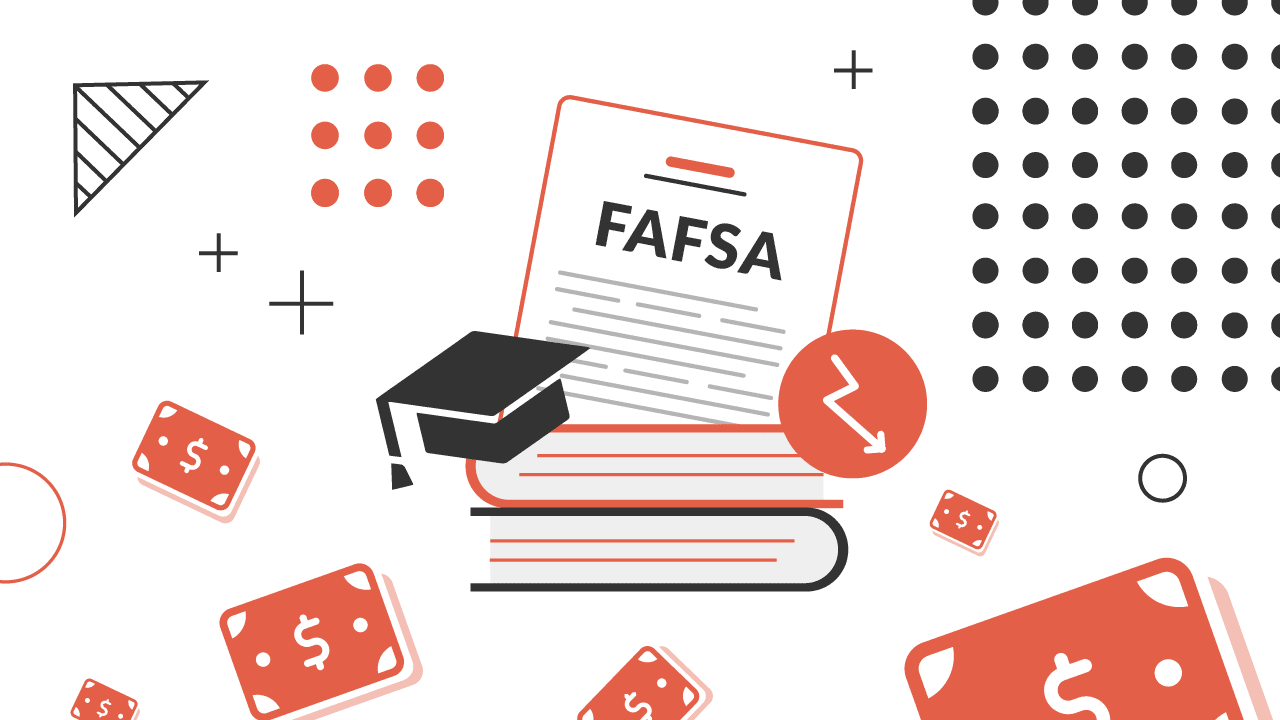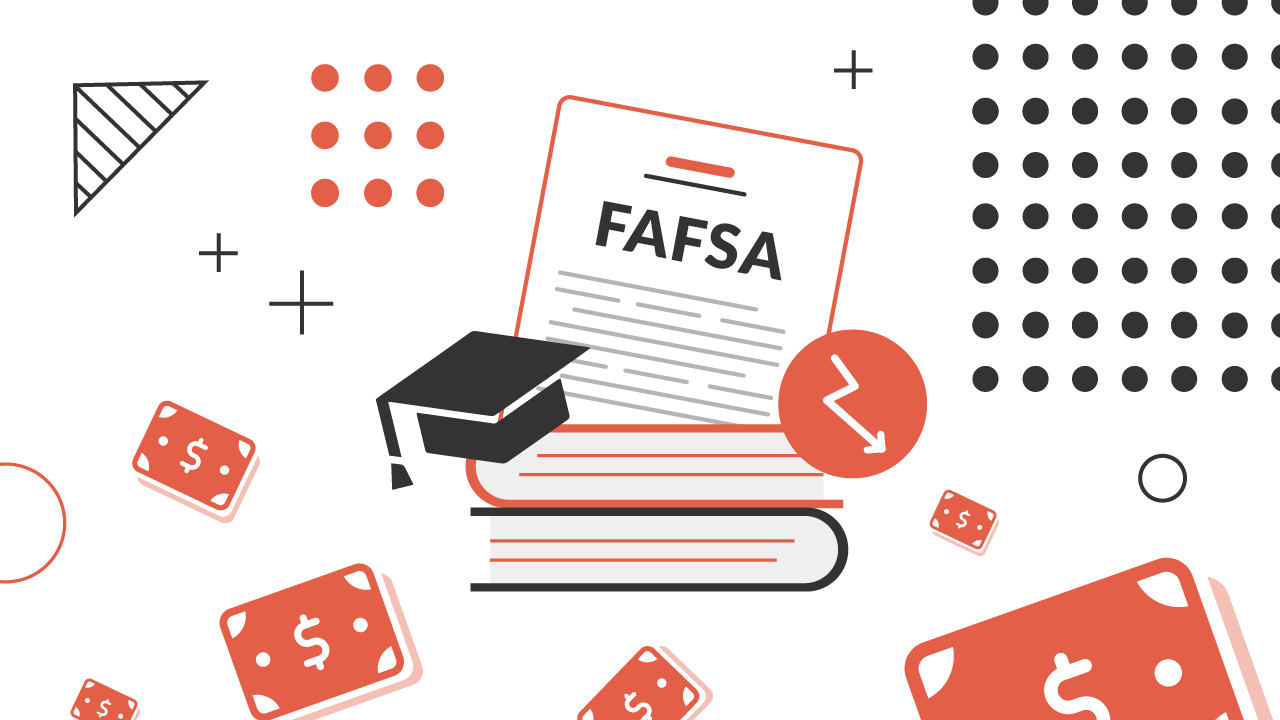

Key Points
- FAFSA completions are up 60% year-over-year, a 15-point increase from last year’s class.
- Despite progress, completion rates remain below pre-2021 levels.
- Tennessee leads all states in completion rates, while Oklahoma and Nevada posted the largest year-over-year gains.
FAFSA completions for the high school class of 2025 have surged. New data from the National College Attainment Network FAFSA Tracker shows that 45.8% of seniors have completed the Free Application for Federal Student Aid (FAFSA) through April 11. That’s a 15 percentage point gain over the class of 2024 at the same point last year and a 60% increase in total applications submitted!
While the spike in completions is encouraging, the rebound must be viewed in context. Last year saw one of the lowest FAFSA completion rates on record, due in large part to the Department of Education’s overhaul of the FAFSA form and botched launch. The new application was delayed by three months, making it unavailable until late December, and early technical issues made it hard for many families to submit until January or even February.
This year’s increase reflects a return to a more normalized process and expanded outreach efforts by school counselors, college access organizations, and state agencies.
But FAFSA completion still trails the rates seen between 2017 and 2020, when about 50 to 55 percent of seniors had submitted a FAFSA by mid-April.
Would you like to save this?
FAFSA Completion Rate Leaders
Several states stand out for their progress this year. The current states with the highest FAFSA completion rates include:
- Tennessee: 58.5%
- New Jersey: 56.6%
- Illinois: 55.8%
- California: 55.2%
- Texas: 54.2%
States with FAFSA graduation requirement policies, such as Illinois and Texas, tend to post higher completion rates, especially when counselors and school districts are resourced to help families navigate the form. Texas, for example, requires FAFSA completion as a condition of high school graduation unless families opt out.
The states with the largest year-over-year growth in FAFSA completions include:
- Oklahoma: 98.7%
- Nevada: 79.4%
- Washington DC: 77.7%
- Arizona: 75.7%
- Florida: 74.7%
Oklahoma just started requiring the FAFSA to be completed as a graduation requirement for the 2024-25 high school senior year, which appears to be translating into big gains for the state.
Still, there are warning signs. Even in top-performing states, FAFSA rates are not quite back to pre-pandemic levels. Nationally, FAFSA completion was on pace to reach above 60% by the end of senior year before 2020. Now, despite strong recent gains, it’s unclear if the class of 2025 will reach that mark.
Why The FAFSA Matters
FAFSA completion is closely tied to college enrollment. Students who complete the form are far more likely to attend college, especially low-income students who qualify for need-based aid such as the Pell Grant. The $7,395 maximum Pell award can make a meaningful difference for students considering two or four year colleges.
That’s why experts monitor FAFSA data closely. Missed applications often translate into missed opportunities. Students who don’t file the FAFSA potentially leave money on the table.
So far this year, all signs are pointing to FAFSA success, but it will be important to see if the class of 2025 can close the gaps from pre-pandemic classes.
Don’t Miss These Other Stories:
Editor: Colin Graves
The post FAFSA Completions Up 60% This Year appeared first on The College Investor.







